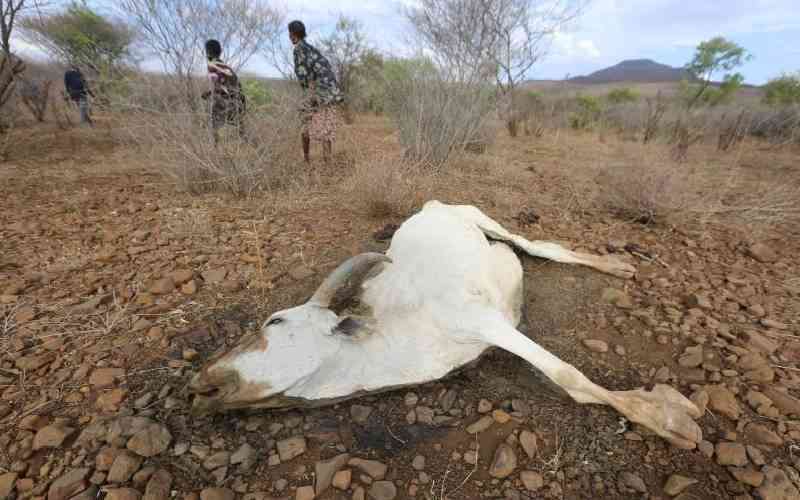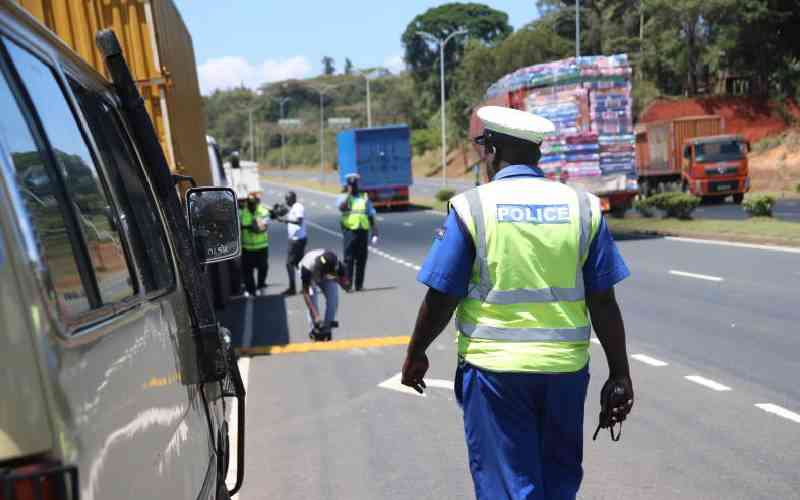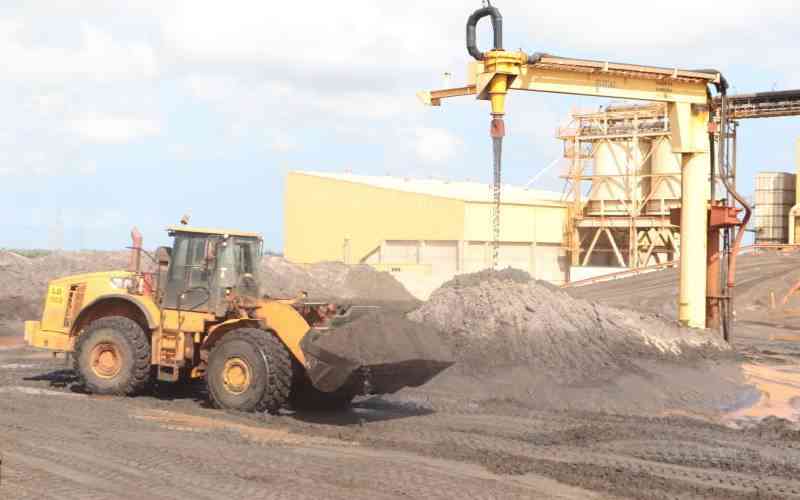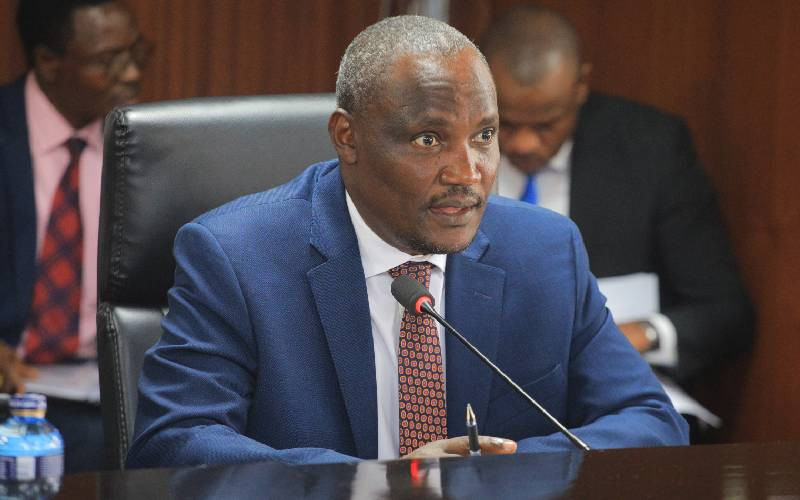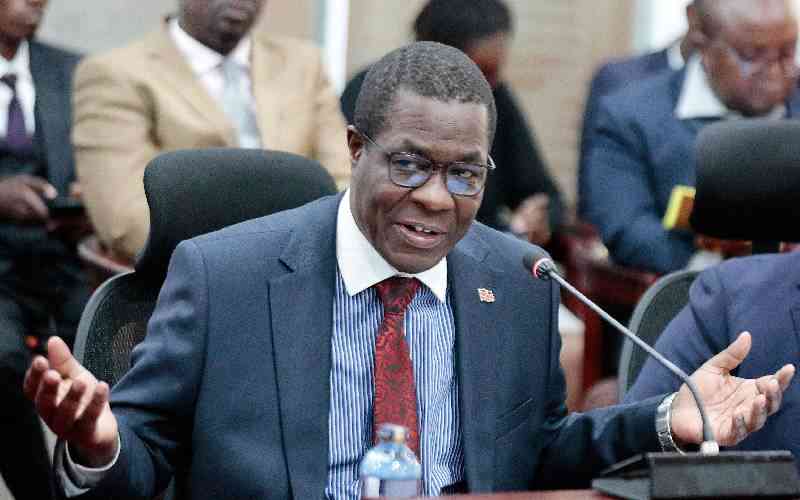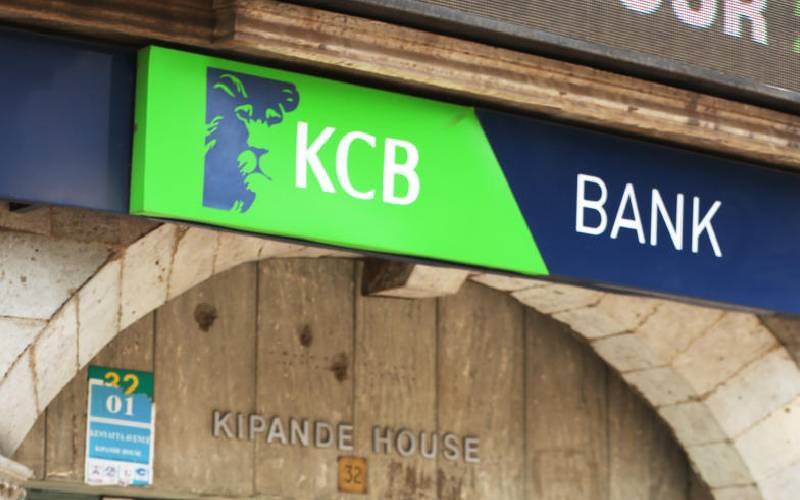×
The Standard e-Paper
Home To Bold Columnists
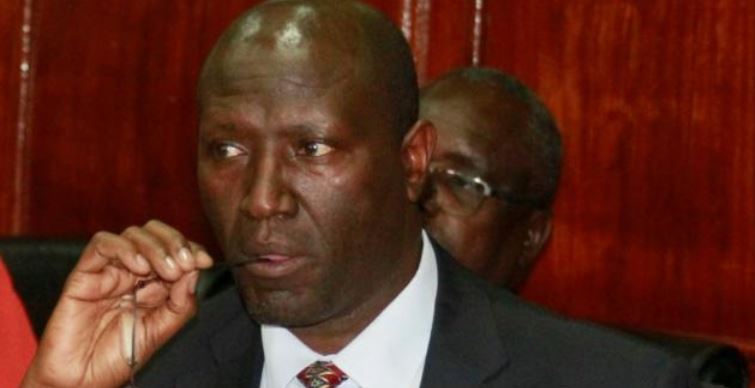
Kenya National Highways Authority CEO Peter Mundinia [PHOTO: Boniface Okendo]
The Kenya National Highways Authority (KeNHa) is undertaking some of the country’s most modern and ambitious projects aimed at increasing the capacity of existing road corridors as well as upgrading road infrastructure for sustainable development. Financial Standard spoke to Director General Peter Mundinia on this and other developments.

